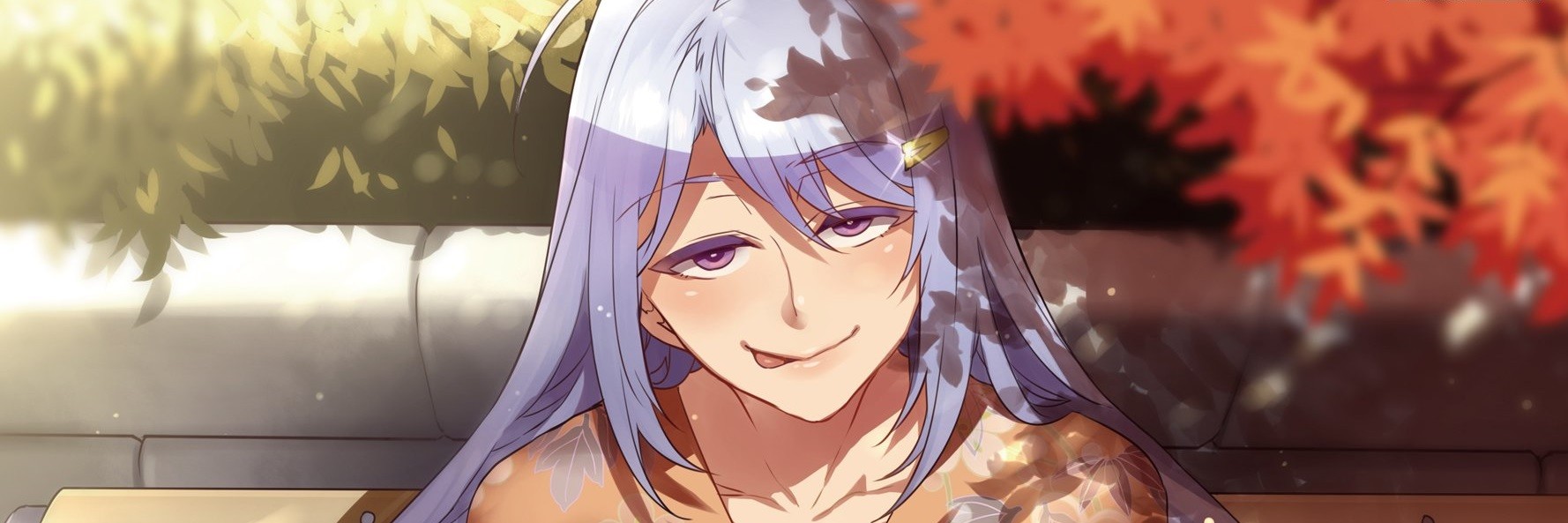Understanding The Controversy Surrounding Juvenile Pornography In Animation
In recent years, the emergence of juvenile pornography in the animation industry has sparked significant debate globally. This contentious topic raises critical questions about morality, legality, and the impact of such content on society. As animated media continues to evolve, so too do the discussions surrounding its implications, particularly when it involves minors or the depiction of underage characters in sexually explicit scenarios. The intersection of art, expression, and ethical responsibility becomes increasingly complicated in an age where digital content is easily accessible and globalized.
The term “juvenile pornography the animation” refers to animated works that depict sexual acts involving characters that appear to be minors. This raises alarming concerns for many, as it poses serious questions about child exploitation, the role of creators, and the responsibility of consumers. As the lines blur between artistic expression and moral obligation, it becomes essential to explore the various dimensions of this issue, including legal ramifications and societal perceptions.
Moreover, with the rise of online platforms and the anonymity they provide, the availability of such content has become more widespread, prompting calls for stricter regulations and guidelines. Understanding the implications of juvenile pornography in animation is essential for fostering a safer and more responsible digital landscape. In this article, we will delve into the complexities of this issue, addressing key questions and considerations that arise in the ongoing discourse surrounding juvenile pornography in animation.
What is Juvenile Pornography in Animation?
Juvenile pornography in animation refers to sexually explicit animated content that features characters who are depicted as minors. It raises serious ethical, moral, and legal concerns, blurring the lines between artistic expression and child exploitation. Understanding this phenomenon requires a closer examination of its implications and the societal norms surrounding it.
How Does Juvenile Pornography in Animation Affect Society?
The effects of juvenile pornography in animation can be profound and far-reaching. Some of the potential consequences include:
- Normalization of sexualized depictions of minors.
- Desensitization to real-life child exploitation issues.
- Increased risk of harm to vulnerable individuals.
- Challenges for law enforcement in regulating and prosecuting offenders.
Are There Legal Implications Surrounding Juvenile Pornography in Animation?
Yes, there are significant legal implications. Laws regarding juvenile pornography vary by country and jurisdiction, but many places consider the creation, distribution, and possession of such content to be illegal. Legal frameworks aim to protect minors from exploitation and hold accountable those who create or consume harmful material.
What Are the Arguments For and Against Juvenile Pornography in Animation?
The debate surrounding juvenile pornography in animation is highly polarized. Proponents argue for freedom of expression and artistic creativity, while opponents stress the potential harm to children and society. Here are some common arguments from both sides:
- Arguments For:
- Artistic freedom and expression.
- Exploration of taboo subjects in a fictional context.
- Distinction between animation and real-life depiction of minors.
- Arguments Against:
- Potential normalization of harmful behaviors.
- Risk of desensitization to real-world child exploitation.
- Ethical responsibility to protect children.
How Can Society Address the Issue of Juvenile Pornography in Animation?
Addressing the issue of juvenile pornography in animation requires a multi-faceted approach:
What Role Do Creators Play in the Discussion of Juvenile Pornography in Animation?
Creators hold a significant responsibility in shaping the content they produce. They must consider the ethical implications of their work and the potential impact it may have on audiences, particularly minors. By engaging in thoughtful dialogue and reflecting on their creative choices, artists can contribute to a more responsible media landscape.
Conclusion: Navigating the Complexities of Juvenile Pornography in Animation
Juvenile pornography in animation is a contentious and complex issue that demands careful consideration. As society grapples with the implications of such content, it is crucial to balance artistic freedom with ethical responsibility. Through open dialogue and a commitment to protecting vulnerable individuals, we can work towards a safer and more responsible digital environment.
Unleashing The Fun Of Weddle Unlimited
Rajah Caruth: The National Anthem Of A Rising Star
Unveiling The Life Of Cierra Huffman: A Journey Through Passion And Perseverance



ncG1vNJzZmickaG8s7GNppxnrZtkwq%2BwxKuqrZmembavs4ytn55lk6S7tb7Or5yrq6liwLa%2B0aisp5yZo7RuttSvnKehnJp6sbvRp6agqpGltbp5yKdkmqaZoq61tc6nZaGsnaE%3D